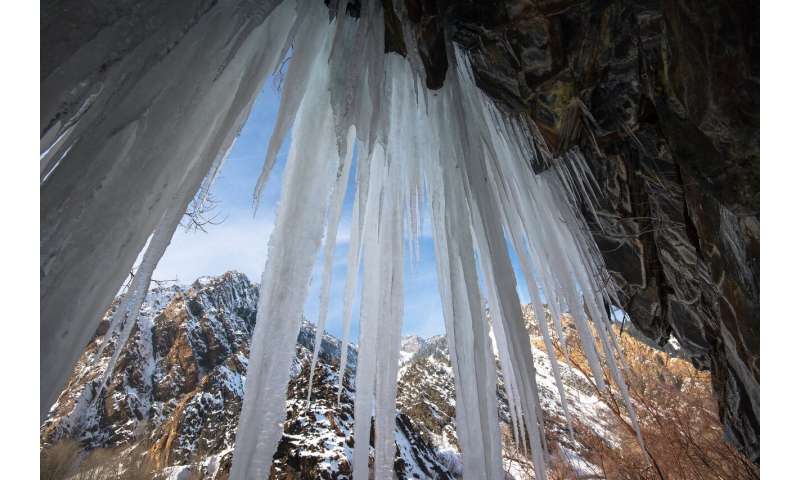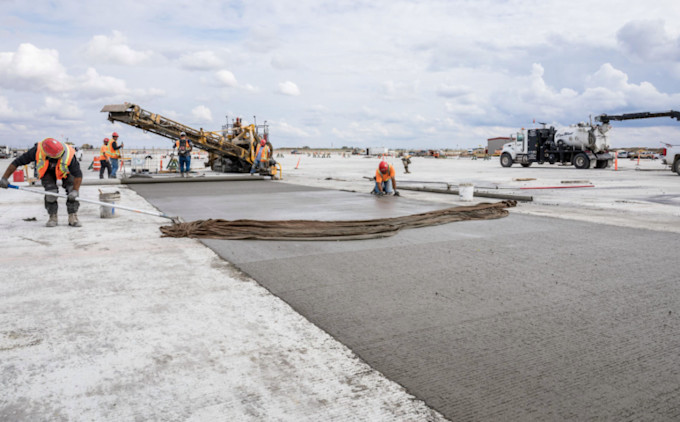The push to save a rare ecosystem in Nova Scotia

Just outside Kingston, N.S., biologist Sherman Boates crouches over a yellow flower growing out of the sand. "Watch your feet," he says. "It's an endangered species."
The flower, known as rock rose or Canada frostweed, isn't all that's facing extinction along this stretch of highway. So is its entire habitat, a globally rare ecosystem known as the Annapolis Valley sand barrens.
The area is "very rare in terms of North America, but many of us locally don't really know that it exists, or how interesting and how important it is," said Boates.
Over hundreds of years, human activity has reduced the sand barrens to roughly three per cent of their original size. Now, scientists and a community organization called Clean Annapolis River Project are trying to build awareness about the ecosystem to stem further decline.
The Annapolis Valley sand barrens — "barren" because there are few trees and vegetation is low to the ground — are formed by ancient sand deposits running from roughly Kentville to Middleton. "It's quite a big ecosystem," said Boates, but much of it has been destroyed or degraded by activities such as agriculture.
He said that for decades, scientists had resigned themselves to the disappearance of the habitat. But that's changed thanks to measures such as federal funding aimed at identifying places important for species at risk.
A project aimed at protecting the sand barrens, run by Clean Annapolis River Project, has set out to identify the threats and develop ways to address them.
While all levels of government have potential roles in the project, community members have a particularly important part to play, said Katie McLean, CARP's communications and outreach co-ordinator.
"If people can recognize maybe three of these plants that we see covering the ground around us, they're going to start to recognize if they're recreating or if they're living in sand barrens," said McLean.
With that recognition, they may start to take steps to preserve this ecosystem, MacLean said.
In its initial stages, the project is asking people to get involved by helping to document some of the species found in the sand barrens. In future years, the organization hopes to expand to restoration efforts, by encouraging people to change how they manage their land to include more plants that grow naturally in the ecosystem.
The sand barrens wouldn't support growth of Kentucky bluegrass lawns, "but a lot of people want their lawns to look like that," said McLean. "Unfortunately, [sand barrens] has a bad reputation. I recall one person kind of lamenting … 'How do we get rid of it?' So there's still that work to do to help people understand that this is something we should be excited to see and celebrate."
In the long term, McLean said the work CARP is doing now could help make a case for designating the sand barrens as an entire ecosystem in need of protection. Sherman Boates agrees.
"Just like we don't want to see the piping plover disappear, we don't want to see the Annapolis Valley sand barrens get smaller and smaller, and more and more degraded, and blink out before we even know."
— Moira Donovan











